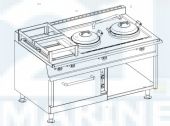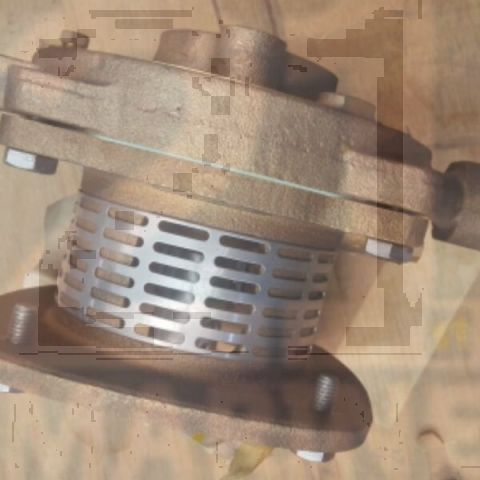We use cookies to make your experience better. Read policy
Close
- Someone purchased a
SEAPLUS CO LTD FLAME DETECTOR FQ-IR-001
a few minutes agofrom Hanoi - VN$1,200.00 - Someone purchased a
turbocharger diesel engine parts for EMD GE Alco 251F
5 minutes agofrom New York - US$500.00 -
- Someone purchased a
Cummins engine part Flywheel Housing 3417500
15 minutes agofrom Hanoi - VN$300.00







